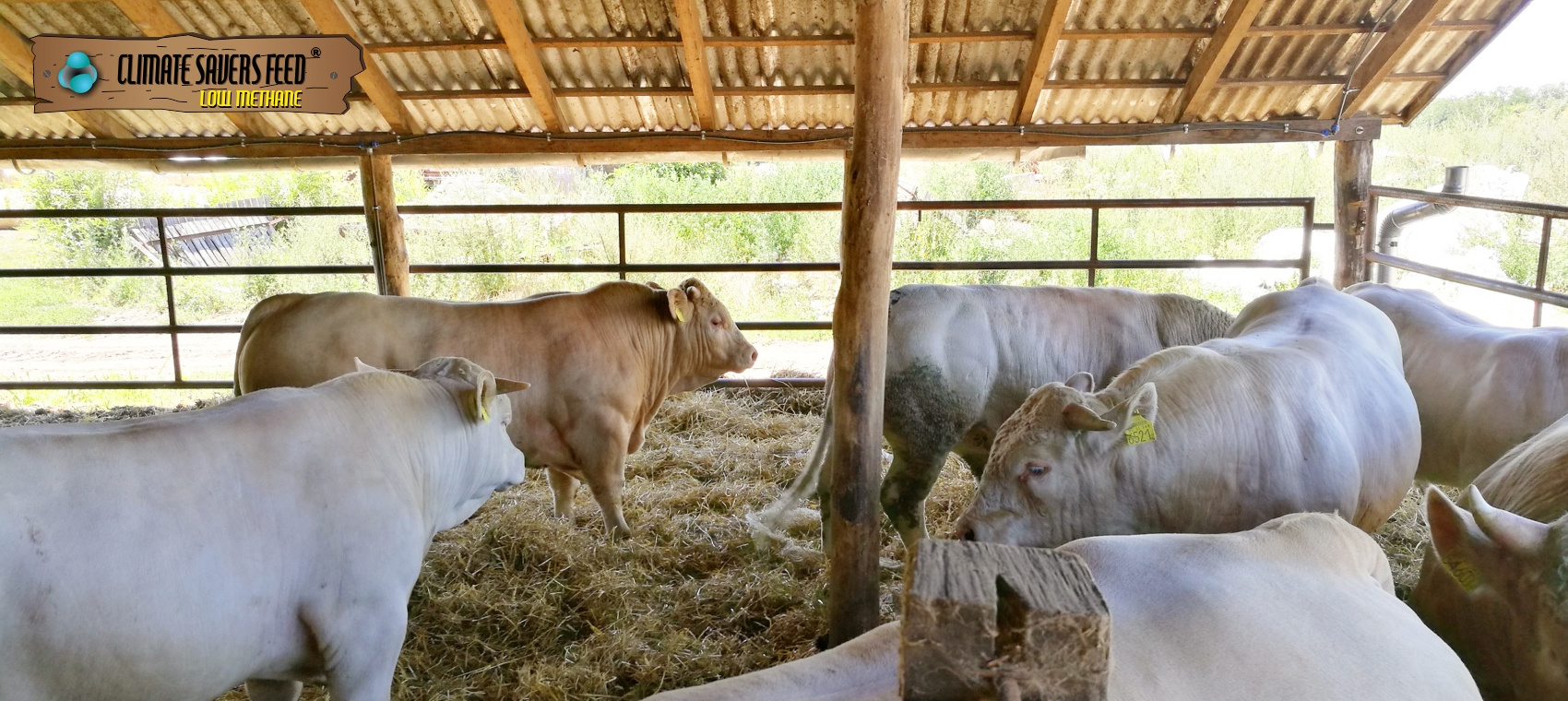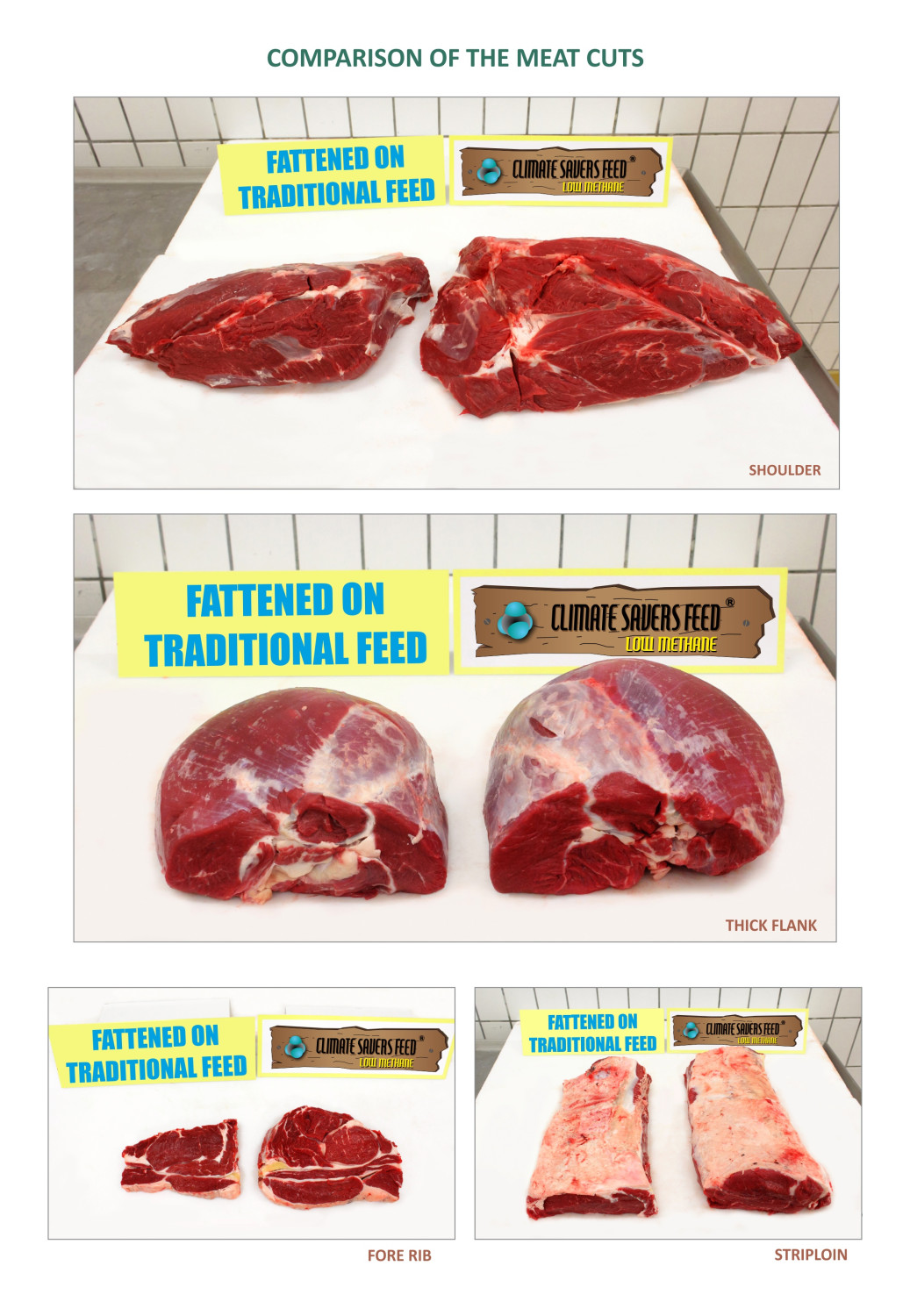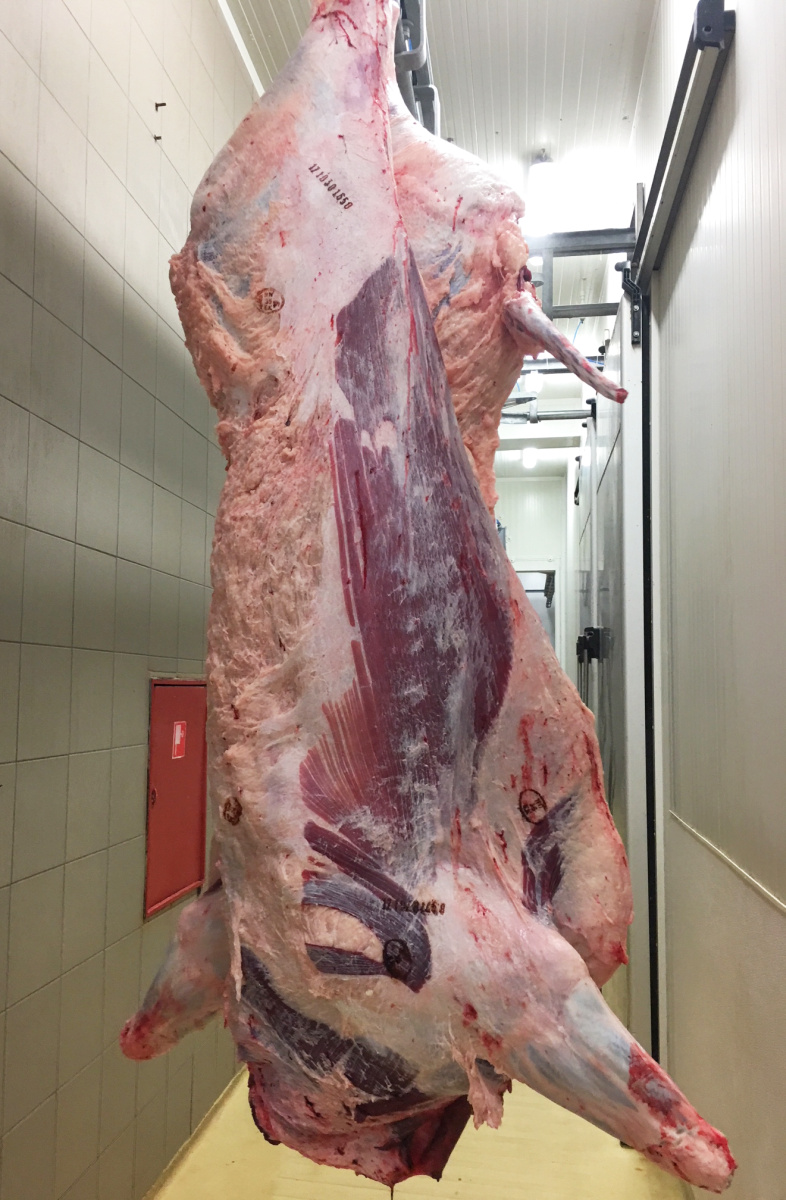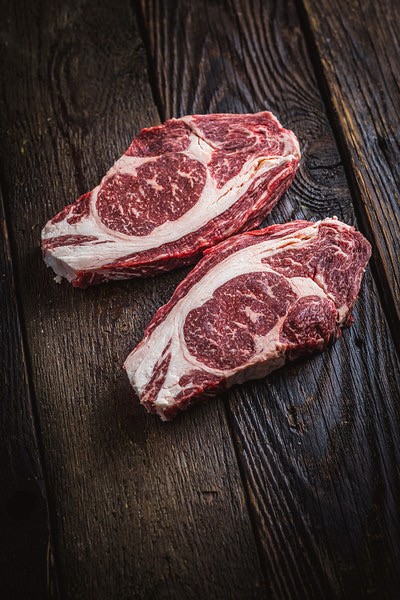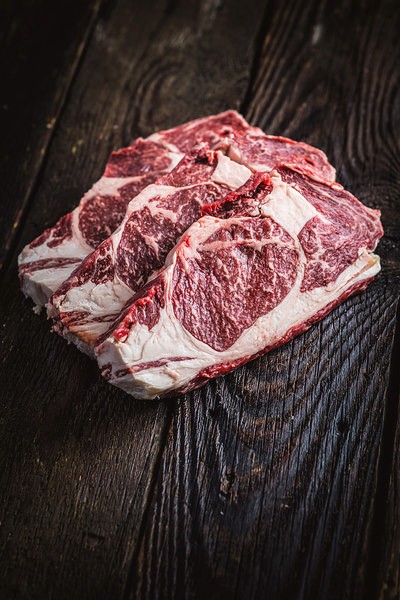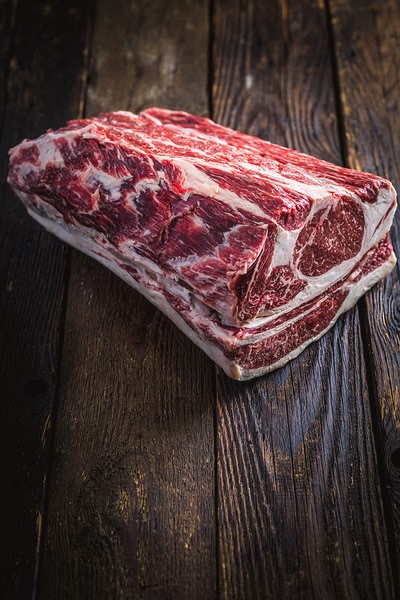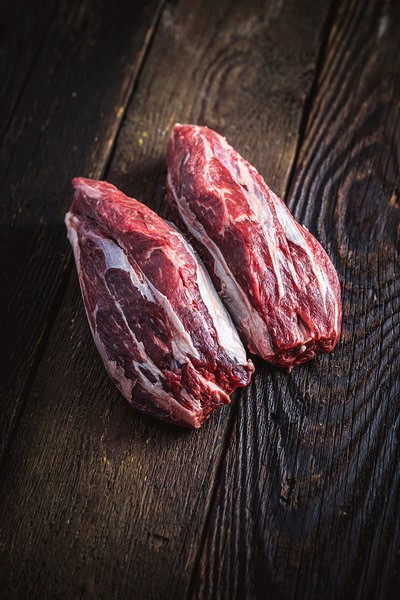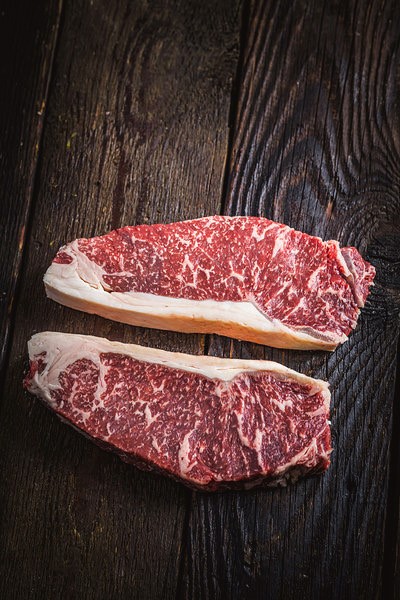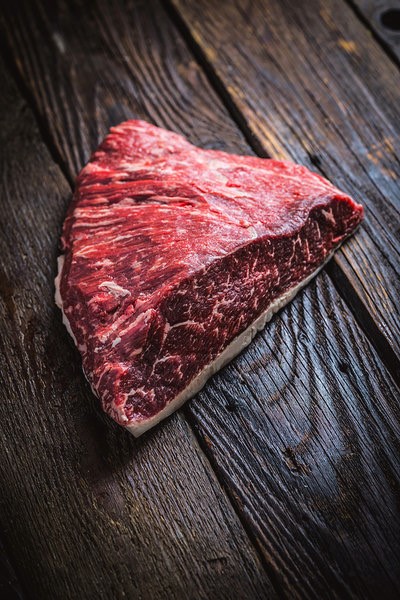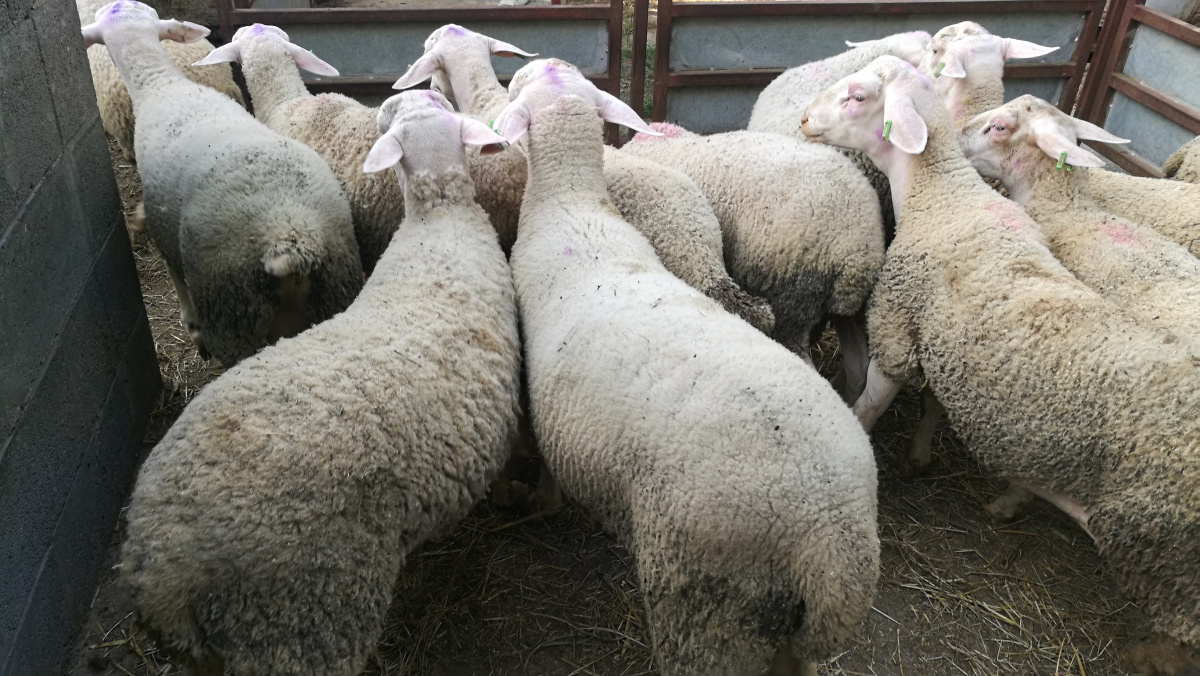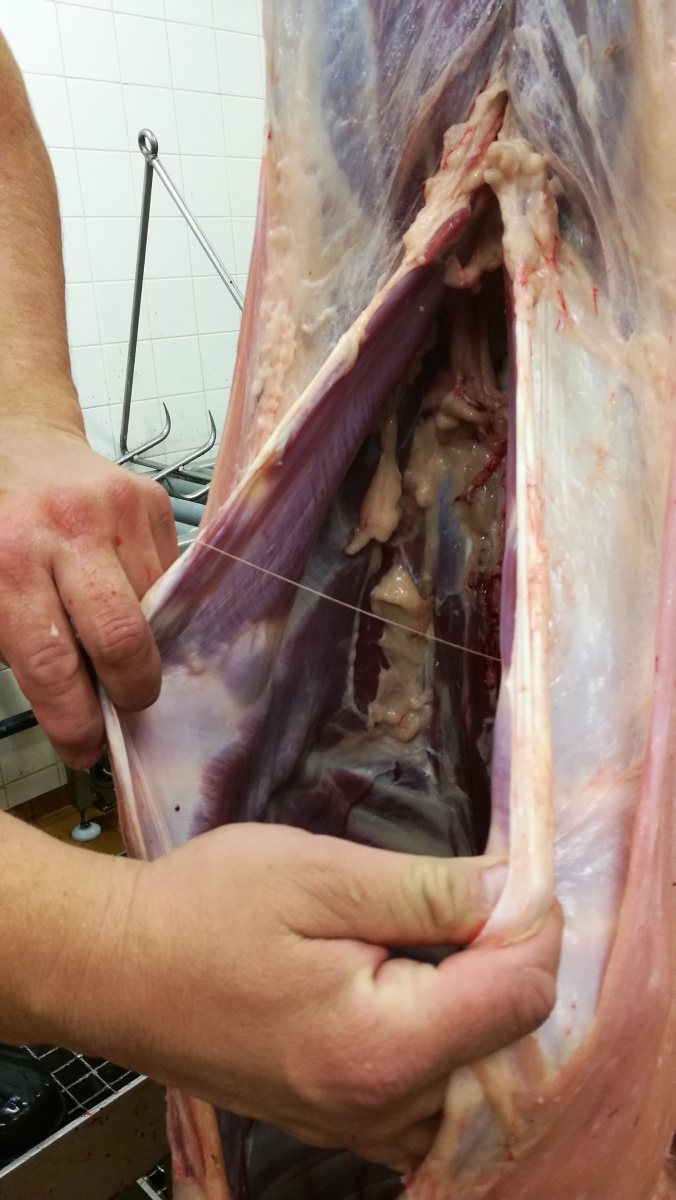The effect of the CLIMATE SAVERS FEED® on the meat yield results
The consumers who buy in an environmentally conscious way and buy products from animals fed on the Climate Savers Feed® not only actively take part in the fight against global warming, but usually also get surprised how much more delicious the products produced in this way are.
In the field of the fattening of beef cattle:
- The production cost is lower on the one hand due to the lower fodder requirement to produce one kg of meat, and on the other hand due to the many months shorter fattening period.
- The fattening cattle reach the slaughter age up to 6-10 months earlier.
- They exhibit much better carcass conformation merits than the animals not having received the Climate Savers Feed®.
- The meat yield is higher; it can reach as high as 70%, e.g. in Charolais cattle.
- The quality of meat is closer to veal partly because the animals reach the slaughter age earlier, their meat has better marbling and brighter colour, which increases the market value of the meat.
- The proportion of high grade meat parts can be up to 20-50% higher than that of the animals fed on traditional feeds. It is well-seen in steak meats, for example, like striploin and the fore rib, and the round and the shoulders are also rounder.
- Preparing of the meat regarding cuisine technology is a very important issue, since many think that the meat of the animals fattened in this way is soggy or it may highly shrink during frying and cooking. I can definitely say that this is not the case. On the contrary: the meat of the animals fattened by us is very delicious and tender. The quality and the unique flavour of the meat is confirmed by renowned chefs of culinary cuisines.
Charolais cattle feeding experiment
A feeding experiment was made in the farm of SZABÓ Sándor (Téglás, Hungary), in which 10 Charolais fattening bulls of different age and development were separated into two groups of five. The animals were placed on deep litter in lose keeping. The two groups started from almost the same body weight in October 2014: 1482 kg for the CONTROL and 1483 kg for the EXPERIMENT group. Both groups were fed the same basic rations: sweet corn silage, medium-quality pasture hay and farm mixes.
In addition to this, the “EXPERIMENT” group was fed 1.5 kg of Climate Savers Feed® a day. Afterwards, every three months one bull from the CONTROL and one from the EXPERIMENT group was slaughtered for the sake of comparison.
Findings
The animals fed on Climate Savers Feed®
- Consumed 1-2 kg less fodder compared to the control group.
- The animals were visibly calmer and rested more
- Had a mean excess daily weight gain of 0.8-1 kg
- Had a carcass meat yield of 69-70% at slaughter compared to the 61-64% of the control group
- Had a carcass quality of Superior+ and Extra+

- Had an excess lean meat yield of 50-60 kg
- E.g. the striploin and the fore rib showed an excess yield of 30-40%
- The marbling of the meat was visibly more intense and its colour looked brighter crimson
- In the coking tests, the steak fans assessed the meat to be more tender and delicious
Wagyu feeding experiment
The breeding results able to be achieved by the Climate Savers Feed® are confirmed by the results of the ITTEREM Zrt. The single pure-bred Wagyu stock in Hungary can be found in Vasad. In their feeding, the application of the Climate Savers Feed® is dominant, as a result of which they are able to produce beef of superior quality within a shorter time. The Hungarian top gastronomy is just exploring the Wagyu beef products produced by the ITTEREM Zrt., however, many famous chefs praised the quality achieved by our cooperation
PATAKY Péter, the creative chef of the Ikon restaurant and the co-owner of the Meatology became a real fan of the renewed Hungarian Wagyu. He did not even fall in love into the Japanese style itself regarding the basic material, but the clean taste and the steak experiences he found at the first test roasting: “As regards taste, this is highly the best steak in my life. This is the number one in the top chart, it is followed by three gaps and any other beef can come only afterwards. Since he tasted it, he is looking for these features in the other steaks. He thinks that this can be felt, if one tastes any of the top wines of SZEPSY István and starts to compare everything to it. He already tasted fantastic aged steak of Hungarian Simmental cattle, red and black Angus, Omaha, South-American and North-American beefs, but none of them was able produce such an expressive and clear beef taste. This meat is good not because it is Wagyu, but because the cattle is kept with outstanding care among good conditions. It receives very high quality feed, it grazes medicinal herbs and not the meat production is the most important for its keepers, but the meat quality. By the way, it is Wagyu” – told the chef. This means only that the subspecies has the possibility to be the best possible and to make the most of it.”
Source: Chef & Pincér | January 2018
Lamb fattening experiment
NAGY Zoltán deals with the husbandry of dairy Lacaune sheep in his farm, Harkakötöny, Hungary. In February 2017, he started a fattening experiment of 13 Lacaune male lambs at the end of the lambing period. The basis of the feeding of the lambs was ensured by pasture hay, lucerne, farm mix and the Climate Savers Feed®. The lambs were slaughtered at the beginning of August 2017 in the slaughterhouse of the Kapos Ternero Kft., Hetes. The live weight of the lambs reached 46 kg.
- Their slaughtering yields exceeded the mean Hungarian values (54%).
- The breakdown findings of the certain parts of their meat were 1-2% lower than those of the intensive meat-type lambs, however, in case of the most valuable meat part, the French rack, a slightly higher actual production ratio than the standard was obtained. The international cuisine preferentially uses French rack, which is the meat part of the spine of the lamb obtained by the removal of the spinal column by a saw, which has 7-8 cm of cleaned rib length.
Watch the movie below where our partners report the results achievable with the Climate Savers Feed®.


 Magyar
Magyar Deutsch
Deutsch Français
Français Español
Español Русский
Русский العربية
العربية Português
Português
